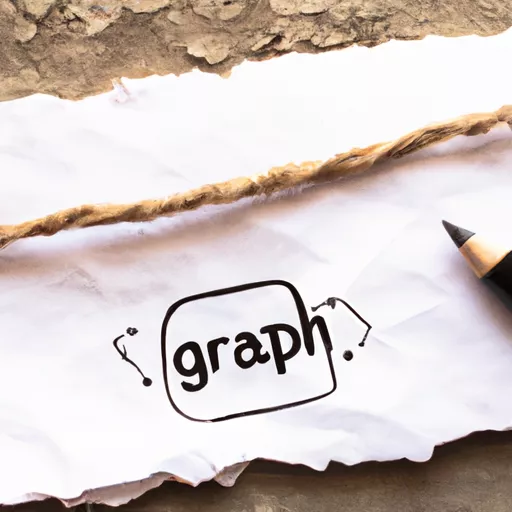
GraphQL is a modern query language, developed in 2012 at Facebook, which represents a revolutionary approach to creating websites and mobile applications. GraphQL has caused a radical change in the way clients and servers interact, and today it is successfully used by companies such as GitHub, Shopify, and Yelp. In this article, we will delve into what makes GraphQL unique and why it confidently replaces REST API.
To understand why GraphQL is so popular and has significantly changed developers' approach, we first need to look at the main drawback of REST API. When using this approach, the client has to constantly access different endpoints to get the required information. This leads to the need to form multiple requests and process the returned data structure, which slows down the website and complicates development.
GraphQL, on the other hand, offers a solution to this problem by allowing access to a single endpoint and returning only the data that the client actually needs. Thanks to its clear syntactic structure and the elimination of redundant "blind" data processing, GraphQL helps to find solutions and implement changes more quickly and efficiently.
The first thing that sets GraphQL apart from other approaches is the ability for the client to explicitly specify the data it requires. Such detailed queries help avoid receiving excessive data, reduce processing time, and save traffic, especially important for mobile devices. In comparison, REST API provides predefined data sets that the client must work with, even if it only uses a small portion of the information.
The second feature of GraphQL is the use of a simple and flexible type system. Describing data and operations as types (e.g., query, mutation, and subscription) always allows for the management of current and strictly defined data, significantly reducing the likelihood of errors and simplifying the understanding of the server structure. Thanks to GraphQL, the server and client are always in sync and have access to the same information about data structure and mutations.
The third important aspect of GraphQL is the ability to perform mutations and updates within a single query. Previously, when using REST API, there was a requirement to send a reference to the class related to the object being modified. With GraphQL, this operation is greatly simplified. Creating, modifying, or deleting an object is done using unified code, which enables the quick and flexible implementation of various concepts and server construction.
Does the widespread adoption of GraphQL mean complete refusal to use REST API? In fact, the answer to this question is quite individual. It all depends on the specific situation, project, and development goals. However, it is safe to say that GraphQL, as a modern and powerful tool, is already changing the way we develop websites and mobile applications, offering more flexible, convenient, and reliable solutions. That's why it's worth taking a closer look at GraphQL and at least partially implementing it in your work.
In conclusion, it is important to note that GraphQL is not just a technological innovation, but also a tool for deeper and more productive communication between clients and servers. Assessing its convenience, flexibility, and speed, a well-founded choice of GraphQL today can replace the traditional approach using REST API and open up new possibilities for development.


